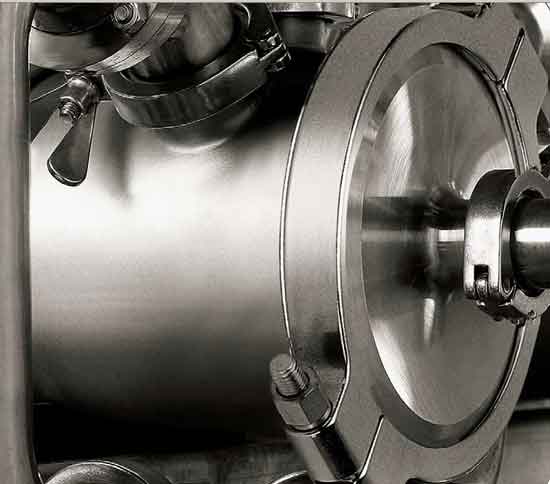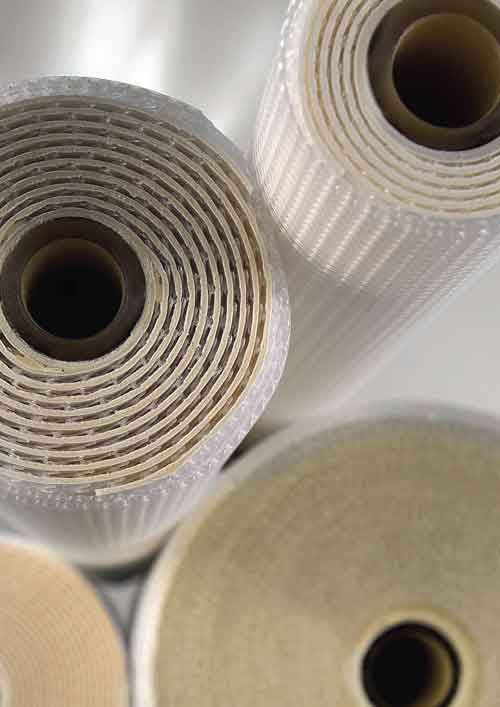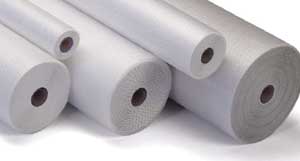The Alfa Laval take on membrane filtration
Alfa Laval is the world’s leading supplier of filtration membranes for sanitary use.
High-hygiene Alfa Laval membranes are the preferred choice for many leading users of membrane filtration technology, as well as for OEM suppliers of membrane filtration modules and systems.
End-to-end focus
Alfa Laval is unique in mastering the full spectrum of membrane filtration know-how. In addition to manufacturing and supplying membranes, we are also responsible for developing and designing these technically advanced products.
As a result, we are in a position to apply unparalleled end-to-end quality assurance procedures that greatly benefit every membrane user.
Selecting the right type of sanitary membrane, with the most appropriate configuration and specifications, is essential for making filtration processes as effective as possible in terms of hygiene levels, operating costs and yield. Meeting high-hygiene requirements Membrane filtration is becoming increasingly popular in high-hygiene processes that include:• Concentration and purification • Clarification and fractionation • Extraction • Product recycling and recovery • Product and effluent upgrading.


 English
English Thailand
Thailand





